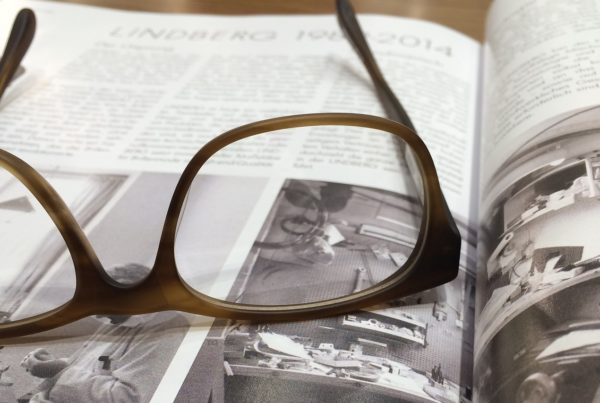I was on a highway headed to West Texas the other day. A grocery-store chain’s eighteen-wheeler sped by and I studied the side of the truck. It was plastered with a juicy close-up of a steak on a grill. The meat was shaped like the state of Texas.
I was still processing this information, dwelling on what it said about Texas’s love for Texas (and for trucks and steak), when I noticed something staring back at me on my windshield. The state-issued vehicle registration sticker on the windshield’s bottom corner had a mini-logo in the center: a Texas flag in the shape of Texas. Then I thought about the cashier at that hair salon in Houston: She had a tattoo of the shape of Texas on her hand, with a star marking East Texas, where she is from. And I thought about the Texas-shaped cheeseburgers at the late Arnold Burgers in Amarillo. And the map in that state report from 2013.
The obscure report, prepared by the Texas Department of Public Safety, notes on page 11 that Texas, spanning more than 260,000 square miles, is larger than France and twice the size of Germany. To illustrate this point, the agency used a graphic showing the outline of Texas on a map of Europe. San Antonio was in northern Italy, Amarillo was south of Amsterdam and Nacogdoches was somewhere outside Vienna. It was a simple mapping technique to show scale, but it seemed to me to tap into the secret, shameless fantasy of the state America loves to debate and berate: the Texas-shaped world.
Indeed, the shape of Texas shapes Texas.

















